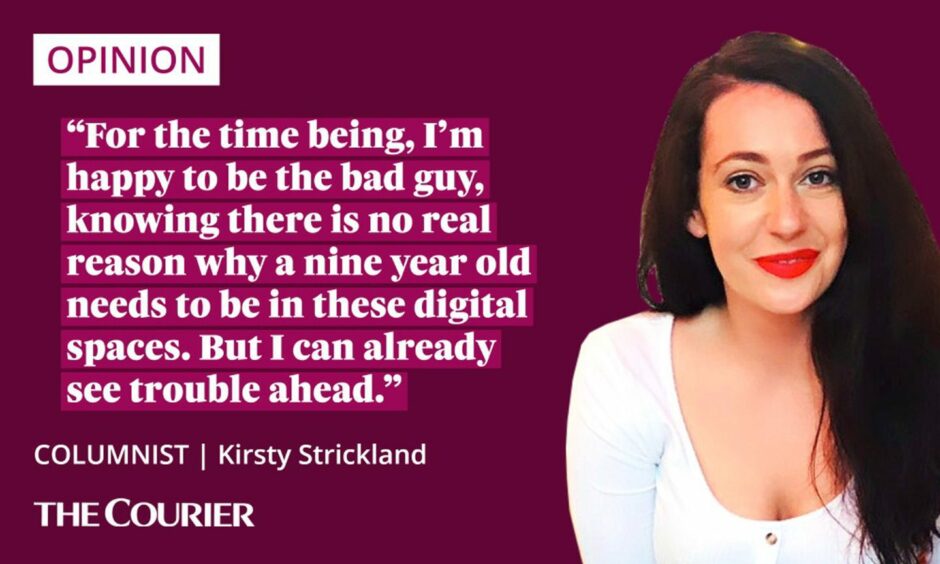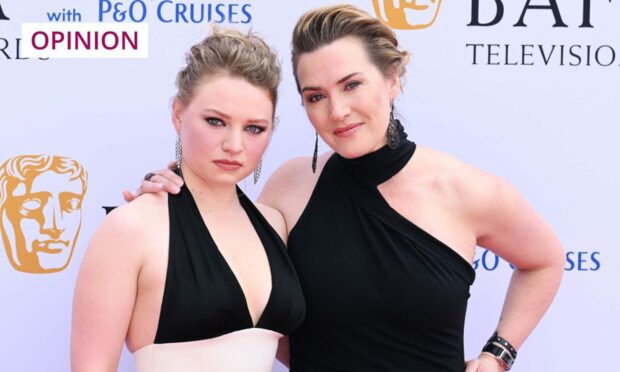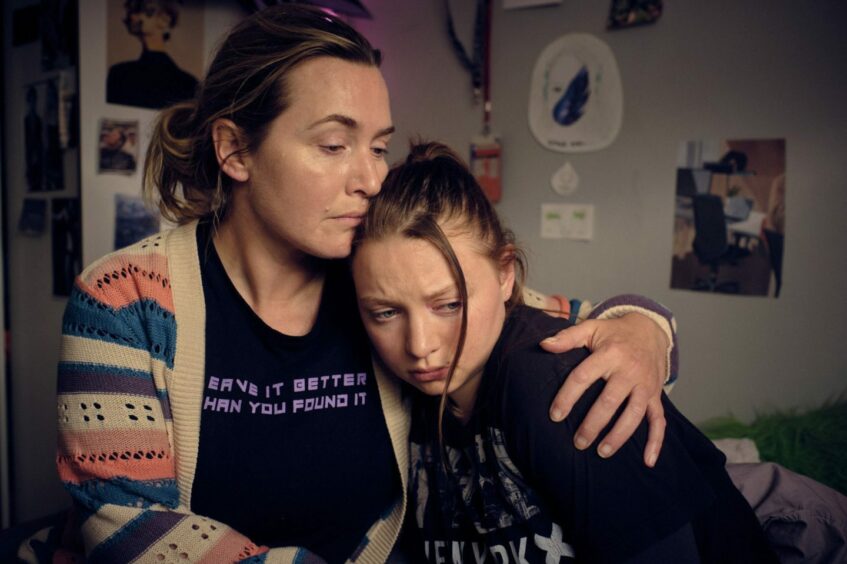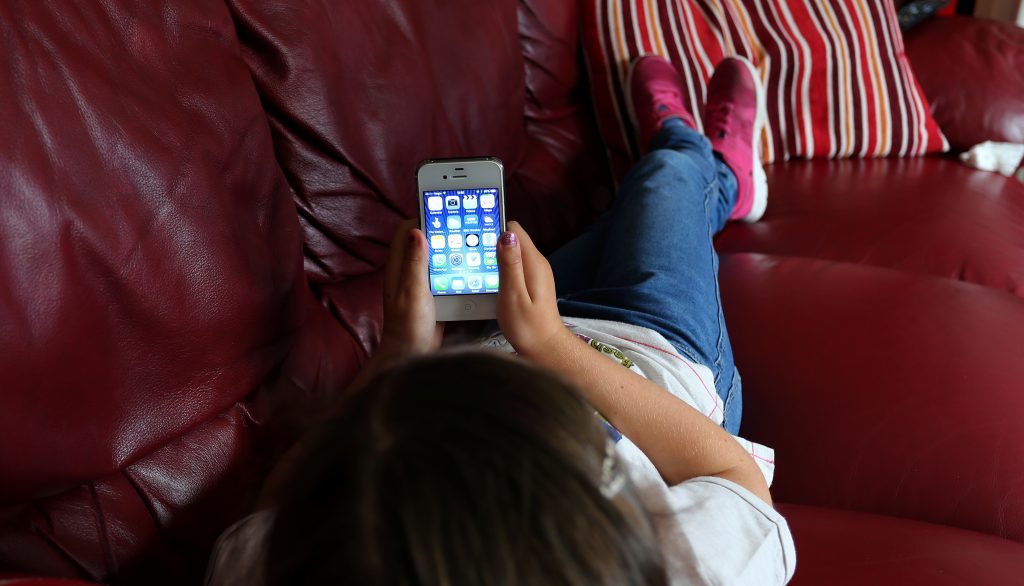Kate Winslet is the quintessential relatable celebrity. The kind of woman you can imagine sharing a supersized bag of Doritos with while wearing your comfiest and least attractive pyjamas.
She has been a household name ever since she (rightly, in my view) refused to share her life-saving door with Jack in Titanic. And I’ll hear nothing bad said about her.
On Sunday night, she won her first Bafta television award for the Channel 4 drama I am Ruth.
In it, Winslet plays a mum who is worried about the affect that spending too much time online is having on her teenage daughter.
And she used her victory speech to rally against the pervasive impact of social media and harmful internet content on young people, saying: “We want our children back.’’

Winslet told the audience: “I Am Ruth was made for parents and their children – for families who feel that they are held hostage by the perils of the online world, for parents who wish they could communicate with their teenagers but who no longer can, and for young people who have become addicted to social media and its darker sides.”
Her dramatised portrayal of families’ very real fears is something many people will relate to.
As parents, we instinctively want the best for our children. We want to keep them safe and protect them from the sharp corners of the world.
But when it comes to the online world, this doesn’t necessarily come easily.
Kate Winslet speech speaks to my social media concerns
So much of our lives are spent online now.
How do you balance the desire to stop your children feeling the negative impacts of internet use – online bullying, inappropriate or dangerous content and being bombarded with unrealistic body standards – with the need for them to develop the digital skills and awareness that they will need throughout their lives?
It’s something I am currently grappling with.
My daughter is nine. She is smart and sensible and almost unnervingly compliant when it comes to following rules.
But she’s still nine.
Having unfettered access to the Wild West that is the internet won’t be happening for her any time soon.
That doesn’t stop her asking though.
It was fine when she was content with the entertainment offered by safe websites and apps – like the excellent ones on offer for children by the BBC.
But over the last year, she has started to request the kind of access to technology that some of her peers are allowed.
Many of her classmates have their own mobile phones. They have Snapchat and they watch TikTok or upload photos to their own Instagram pages.
Frankly, the idea terrifies me.
‘Just say no’ – smart advice for parents
For the time being, I’m happy to be the bad guy, knowing there is no real reason why a nine year old needs a phone, or needs to be in these digital spaces.
But I can already see trouble ahead, when she gets to 10, 11, 12 and suddenly is in the minority among her peers in not being allowed to occupy the same digital spaces as they do.
Going by the kind of emails I get from her school, it’s clear that some children are already experiencing ill effects from their internet use.
Parents are invited to online safety courses, meetings with Childline and the NSPCC.
Missives are sent regularly which remind us that phones must be switched off during school hours.
When there is a nasty spate of online bullying going on, we are reminded to keep an eye on our children’s online activity, and told that if they have recently became withdrawn and moody, it might be a sign that they have been a target.
The infinitely wise Kate Winslet has some simple advice for parents currently struggling with these issues. She reminds us “it is possible to just say no”.
‘”Don’t let your children have a phone if they are too young to know what to do with it,” she says.
And so, any future complaints my daughter might have when I enact this advice will be forwarded on to Kate Winslet directly.













Conversation